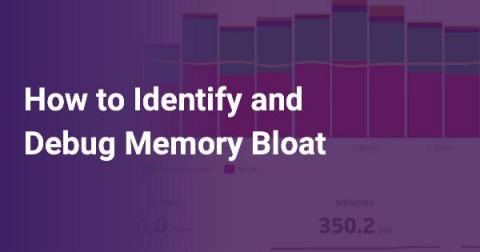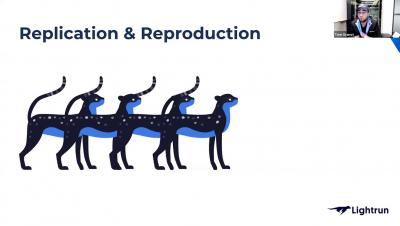Operations | Monitoring | ITSM | DevOps | Cloud
Debugging
Surviving the Disaster: How to Identify Bugs Immediately and Get Back on Track
As all developers know, when building software things don’t always go as planned. In fact, most of the time they don’t. With today’s modern distributed architectures it’s more important than ever to have the proper tools in your toolbelt. This allows us to automate as much of the software delivery lifecycle as possible and then be able to immediately triage issues when they arise.
How to monitor and debug AppSync APIs
AWS AppSync is a fully managed GraphQL service that makes it easy for you to build scalable and performant GraphQL APIs without having to manage any infrastructure! With AppSync, you get a lot of capabilities out of the box. Such as the ability to integrate directly with DynamoDB, ElasticSearch, Aurora Serverless, and Lambda. AppSync also supports both per-request as well as per-resolver caching and has built-in integration with CloudWatch and X-Ray.
Debugging with Dashbird: Malformed Lambda Proxy Response
One problem that pops up quite frequently when people try to build serverless applications with AWS API Gateway and AWS Lambda is Execution failed due to configuration error: Malformed Lambda proxy response. There is nothing worse than generic error messages that don’t tell you anything you need to fix the problem, right? And AWS isn’t particularly known for its error message design, if you can even call it that, let alone for giving you the means of fixing the problem.
How to Identify and Debug Memory Bloat
Even the systems that run smoothly day and night, can flounder when short of memory. Efficient memory usage has become of utmost importance for software applications. Nowadays, with growing audiences and faster speed and data retrieval expectations, memory issues pose a huge threat to performance and can lead to huge losses in terms of customers and money. Therefore, it is very important to build memory-efficient applications that ensure overall performance and a smooth customer experience.











